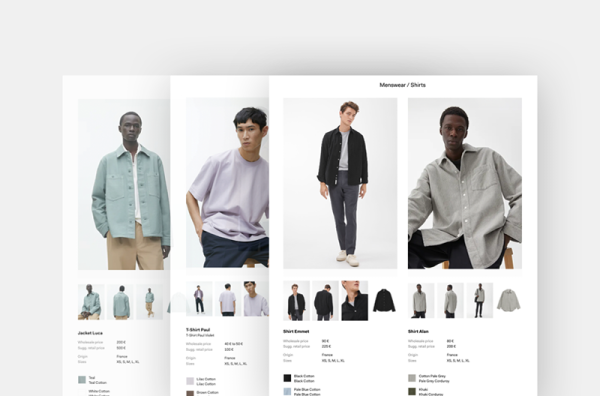24/09/2024
Industry
In the ever-evolving landscape of retail, the once-clear lines between direct-to-consumer (DTC) brands and wholesale brands are becoming increasingly blurred. For years, brands either operated within the confines of multi-brand retailers or navigated the emerging world of e-commerce independently. However, as the retail environment shifts, so too must the strategies that brands employ to survive and thrive. This transformation is highlighted in a recent case study conducted by The Business of Fashion, offering valuable insights into how brands can balance DTC and wholesale to maximise growth, profitability, and brand equity.
Traditionally, selling via multi-brand retailers was the default mode of operation for most brands. Retailers held the power, dictating pricing, capturing larger margins, and hoarding valuable customer data. Brands had little choice but to play by the retailers' rules if they wanted access to a broader audience.
However, the dawn of the digital age in the early 2010s disrupted this dynamic. Digitally native start-ups leveraged the power of e-commerce and social media to bypass traditional wholesale channels. Companies like Glossier and Allbirds captured the attention of a generation increasingly comfortable with online shopping, through targeted social media campaigns, influencer partnerships, and sleek e-commerce sites. This momentum was further propelled by the rise of platforms like Instagram, which provided these brands with direct access to consumers, allowing them to build strong, personalised relationships without the need for retail intermediaries. The DTC model offered higher margins and complete control over branding and customer experience.
Source: Glossier, Glossier store Los Angeles
However, as more brands flooded the market, the landscape became increasingly crowded. The cost of acquiring new customers through digital ads skyrocketed, and the once-promising return on investment from digital DTC sales began to diminish. Instagram, Facebook, and other platforms that were once goldmines for customer acquisition became progressively more competitive and expensive. This led DTC brands to confront a harsh reality: sustaining profitable growth purely through online channels was becoming increasingly difficult.
In response, many DTC brands have reconsidered wholesale as a viable strategy for growth. Wholesale offers a more cost-effective way to reach new customers, with retail partners sharing the burden of managing stores, inventory, and logistics as well as giving brands access to secondary data and sales insights via their B2B order-taking platform. Additionally, being stocked in well-known retailers provides brands with industry validation and exposes them to customers who may not have discovered them online.
At the same time, there is undoubtedly a strong case for brands to maintain a direct relationship with their customers. This connection allows them to gather valuable data that can inform everything from product development to inventory management. In a retail environment where consumer preferences shift rapidly, having direct access to customer insights is essential for staying agile and competitive.
While the advantages of combining DTC and wholesale are clear, finding the right balance is not without its challenges. So, how can brands effectively balance DTC and wholesale to ensure sustainable growth?
Source: BoF Analysis, Case Study: How Brands can Balance DTC and Wholesale
Firstly, by diversifying sales channels, brands can reduce the risks associated with relying on just one approach. This strategy allows them to tap into the unique strengths of both wholesale and DTC, whether it’s the direct customer connection that DTC offers or the more expansive reach of wholesale.
It’s also important to consider a tailored approach to merchandising for each channel to avoid cannibalisation. For instance, offering exclusive or limited-edition products through DTC channels can enhance customer engagement. Moreover, the data gathered from both channels can offer valuable insights, helping to refine product development, marketing strategies, and inventory management. However, this doesn’t mean that a strategic approach isn’t necessary when establishing a balanced distribution strategy. Selecting the right retail partner is vital to fully capitalise on the benefits of a wholesale approach. Brands should be selective, partnering with retailers that align with their values and allow them to retain control over pricing and branding.
In conclusion, the most successful brands in today’s retail landscape are those that can effectively navigate the complexities of both DTC and wholesale channels. By leveraging the strengths of each while addressing their respective challenges, brands can build a robust and resilient business model that drives growth and profitability.
Achieving this, however, requires balance. Brands must continuously assess and adjust their strategies to ensure that their DTC and wholesale efforts complement rather than compete with one another. Striking the right balance will enable brands to establish a strong foundation for long-term success.
To access the full report from the Business of Fashion, click here.
Header image © Shao Feng, sourced via https://worldarchitecture.org/



